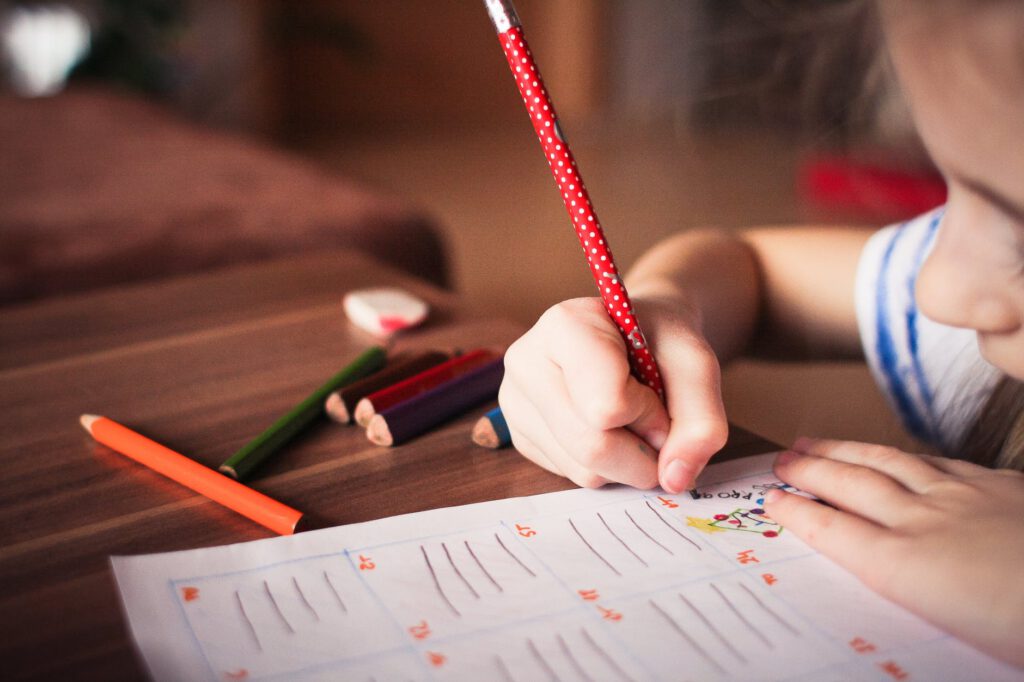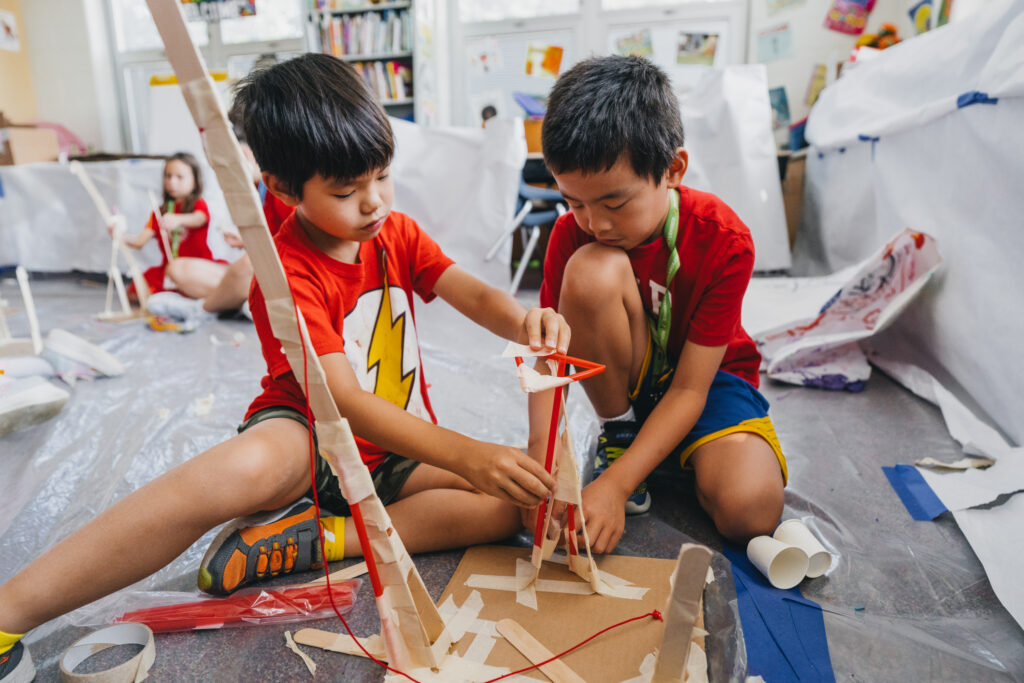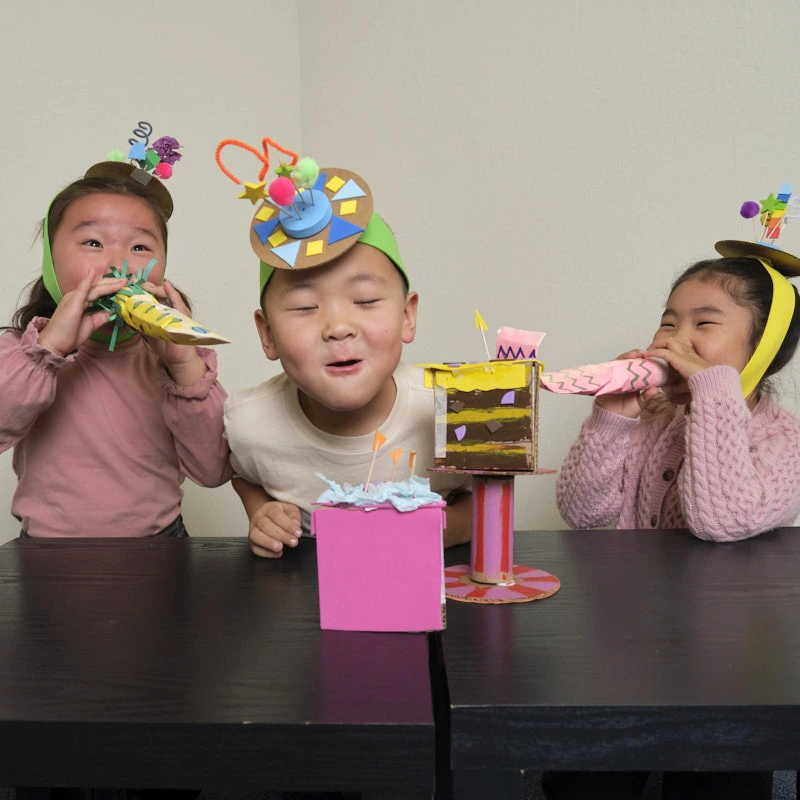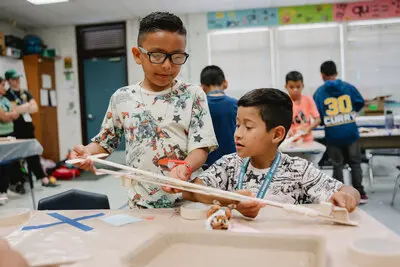When you’re a kid, one of the sweetest sounds in the world is the dismissal bell at the end of the school day—or perhaps the call-end chime signaling the close of the day’s last video call. But what happens next?
After school ends, kids may have hours of free time on their hands, and that can be hard for a young person to manage. Routine can help structure their after-school time to ensure they fulfill their responsibilities; spend quality time with family members; and take care of themselves physically, academically and emotionally.
Particularly at a time when so much of what kids may normally look forward to looks so different, it’s important to support them with a routine that helps them stay inspired, not overwhelmed.
So how can you structure your kid’s after-school time to make it efficient but not a total drag? By finding the right scheduling combination while also listening to their needs and feedback, you can strike a good balance. In short, structuring after-school routines can take a lot of pressure off everyone and help home life run more smoothly.
Make the Most of Free Time
Getting your kid into a daily routine can build a feeling of normalcy that makes them feel safe and comfortable. It also helps them make the most of their free time while teaching important time-management skills.
To get started, consider whether the schedule will be time-oriented or task-orientated. The former blocks chunks of time to give guidance on the priority at any given moment, while the latter focuses on a list of must-do tasks.
While some kids—particularly those who are younger or who need more structure—may benefit from a more prescriptive routine at the beginning, giving kids more agency in this process is a great way to build skill in prioritization and decision-making. With a task-oriented model, you can then let your kid decide when to do each task on their list. Within reason, allow them to make their own choices around when to tackle a task and how much time they’ll need to do it.
No one expects their kid to be able to make this kind of decision for themselves every single day without some direction, and there are bound to be some mistakes. But when they can say for themselves, “I think I’ll do my homework now and get it out of the way,” it shows they are becoming more responsible. And for any parent, that’s a beautiful thing.
When you have your framework, it’s time to make it visible. Find somewhere to post your child’s schedule or list. Whiteboards are great for this, since items can easily be checked off or edited.
Finally, it’s important to remember that kids need time to rest and decompress. Allow your kid to have some time to chat, have a snack or just goof off—particularly right after they finish school for the day. When they’ve have had enough rest and have gotten their second wind, you’ll definitely know. Then it’s time to decide how they’ll use their newfound energy before dinner and bedtime.
When to Do Homework
Homework is priority #1 in just about any after-school routine. Doing homework teaches kids responsibility and helps them practice the things they’re learning at school.
Do you tell your kid when to do their homework, or do you allow them to choose? A lot of parents think it’s best to get homework out of the way and want their kids to do it as close to the end of the school day as possible. Teaching kids to get work done sooner rather than later can show them the benefits of not procrastinating.
On the other hand, this can be mentally draining on a kid who needs some time to recharge. This is why some parents allow playtime or other fun, restful activities right after kids wrap up. They may opt to save homework time for later, like the pre-dinner window.
Ultimately, if your kid has the maturity and good judgment to decide when to do homework, let them. But if they aren’t there yet, giving them a set homework time can help them get used to homework. As time goes on and your kid gets used to doing the tasks they need to do after school, you can give them more flexibility.
“Me” Time & “Us” Time
Think about what other activities are important to you, your kid, and your family. You’ll want to set aside some after-school time to spend together, whether that’s one-on-one or with the whole family. Some families like to do an activity in the evenings, such as play a game, watch a favorite television show, tidy the house or learn something new together.
And then it’s time for bed. While bedtime can get a bad rap, but it’s also a prime opportunity to teach kids about self-care. They may spend each night taking care of their hygiene, setting aside supplies for school in the morning, or choosing what to wear.
When it’s time to wind down before bed, nothing helps kids settle down like a good old-fashioned bedtime story. Younger kids might like to be read to, while older kids might want to wind down solo with a book they choose for themselves. Whatever the story, make sure it’s analog and say goodnight to screens a full hour before lights-out.
And of course, kids benefit greatly from a set bedtime. Whatever your process for creating a routine, kids’ bedtimes should be non-negotiable.
Fun You Can Count On
The school day looks very different for many families these days. With so much of the normal day looking anything but, a routine that keeps kids learning and playing is more important than ever.
At Galileo Online, parents and caregivers can find engaging online experiences that inspire pre-K – 8th graders to ignite their inner innovators.
From our awesome weekly club to summer and school break camps to customized parties, Galileo Online offers a whole range of easy, enriching ways to innovate from anywhere.
With single-session, week-long, and once-a-week options, you’re sure to find the right fit for your family.





